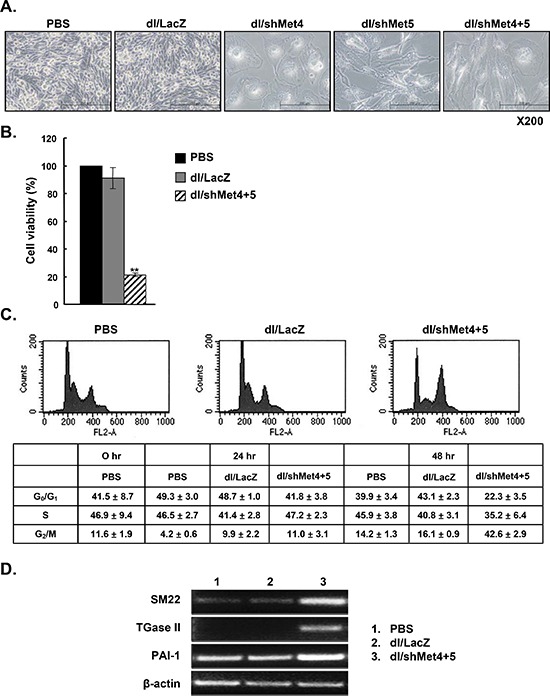Figure 3. Induction of a senescence-like phenotype by c-Met-specific shRNA-expressing Ad.

(A) Light microscopic observation of U343 cells treated with dl/LacZ, dl/shMet4, dl/shMet5, or dl/shMet4+5. Original magnification: × 200. (B) Effect of c-Met-specific shRNA-expressing Ad on the viability of human glioma cells. U343 cells were transduced with dl/LacZ or dl/shMet4+5 at 100 MOI. After 3 days for treatment, cell viability was measured by MTT assay. Results are expressed as a percentage of control (PBS-treated cell) and values represent means ± SE. **P < 0.01, compared with PBS- or dl/LacZ-treated cells. (C) Changes in DNA contents following transduction with dl/LacZ or dl/shMet4+5 at an MOI of 30. Cells were fixed with ethanol and their DNA contents were measured by FACS analysis. Representative histograms of three independent experiments are shown. Percentages of G0/G1-, S-, and G2/M-phase cells were calculated by deconvolution of the DNA content histograms. Values are presented as the mean ± SE of three independent experiments. (D) RT-PCR analysis of gene products associated with cellular senescence. RNA was prepared from U343 cells transduced with dl/LacZ or dl/shMet4+5 at an MOI of 100, and the mRNA levels of senescence-related genes such as SM22, TGase II, and PAI-1 were detected.
